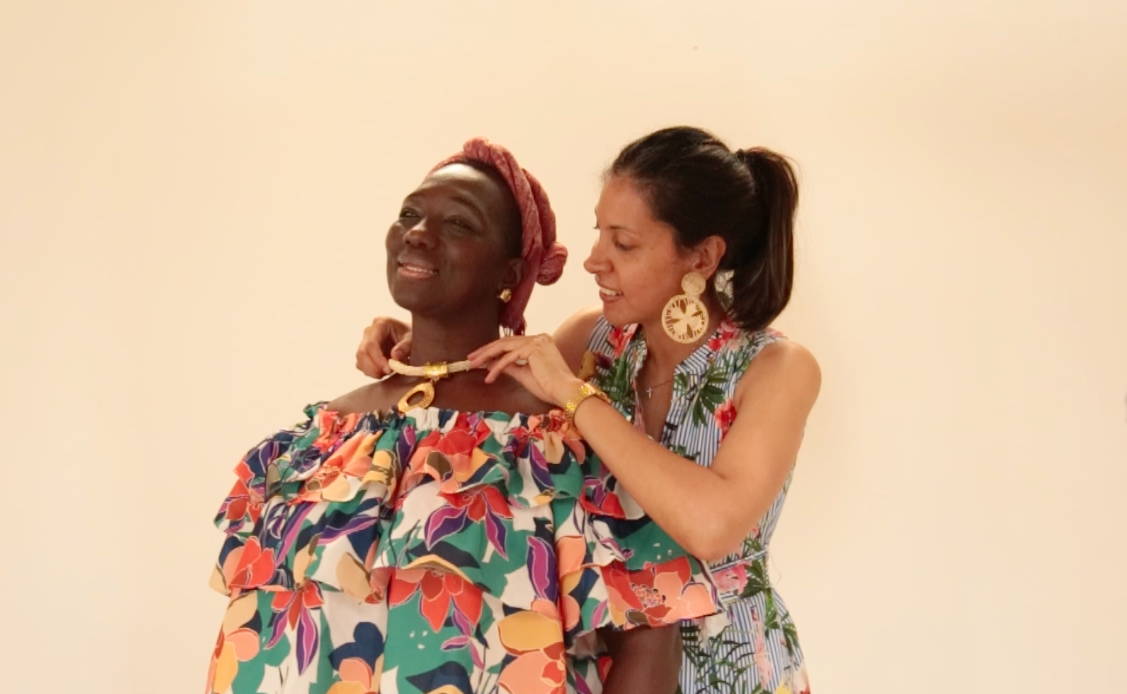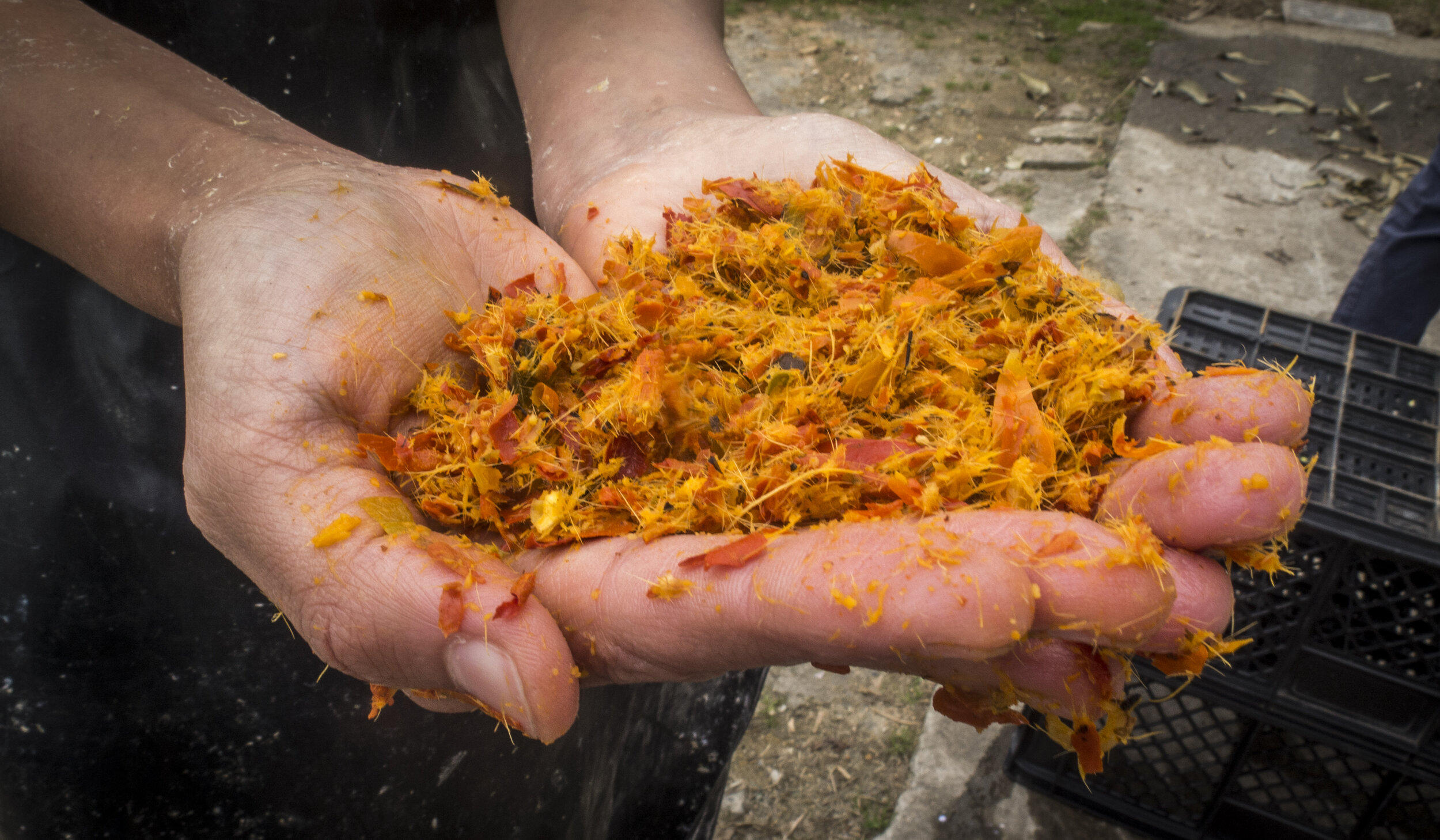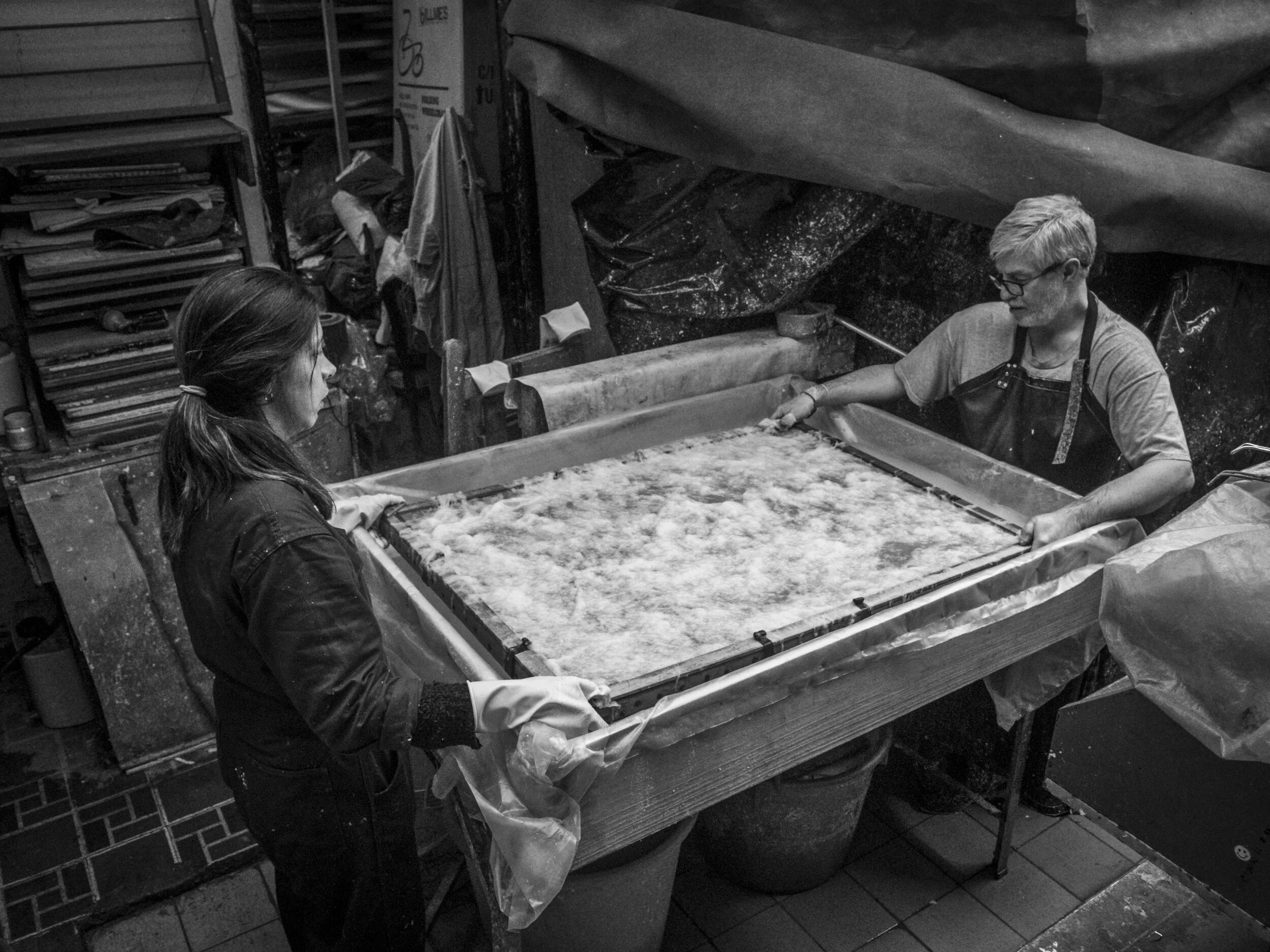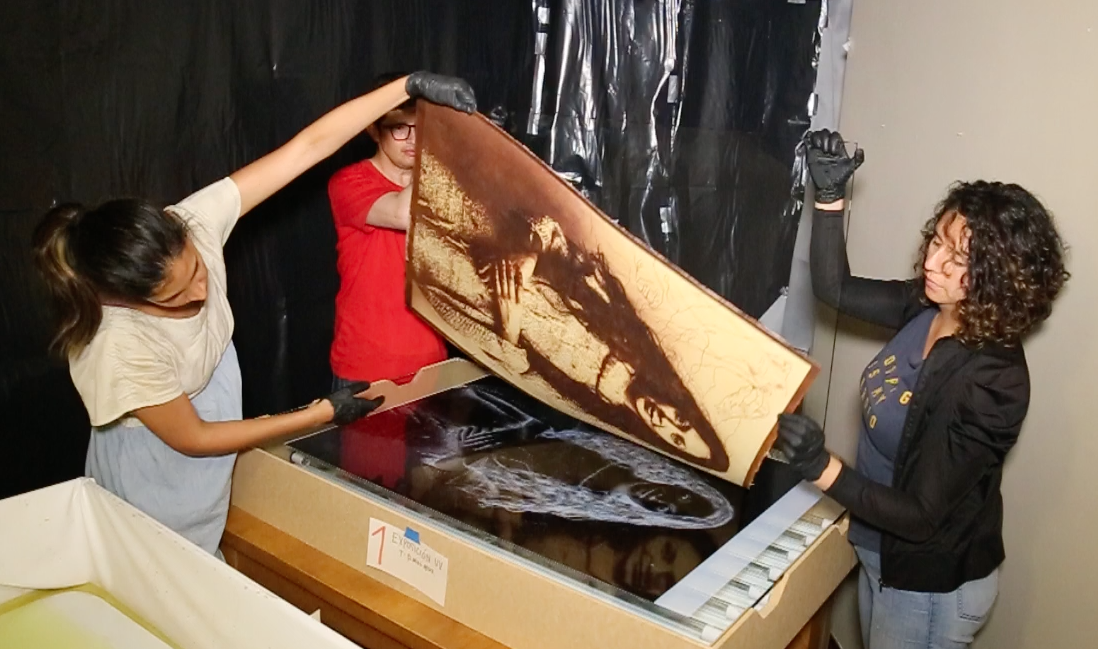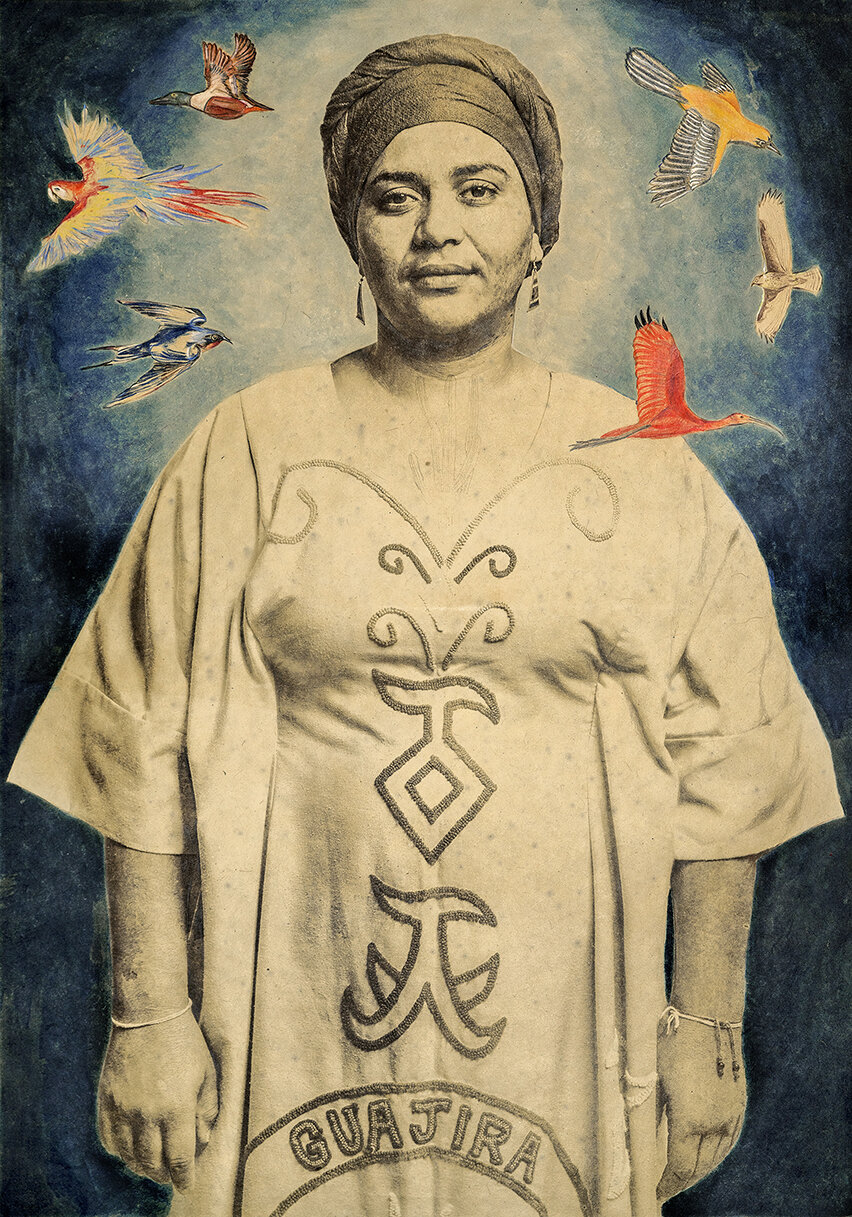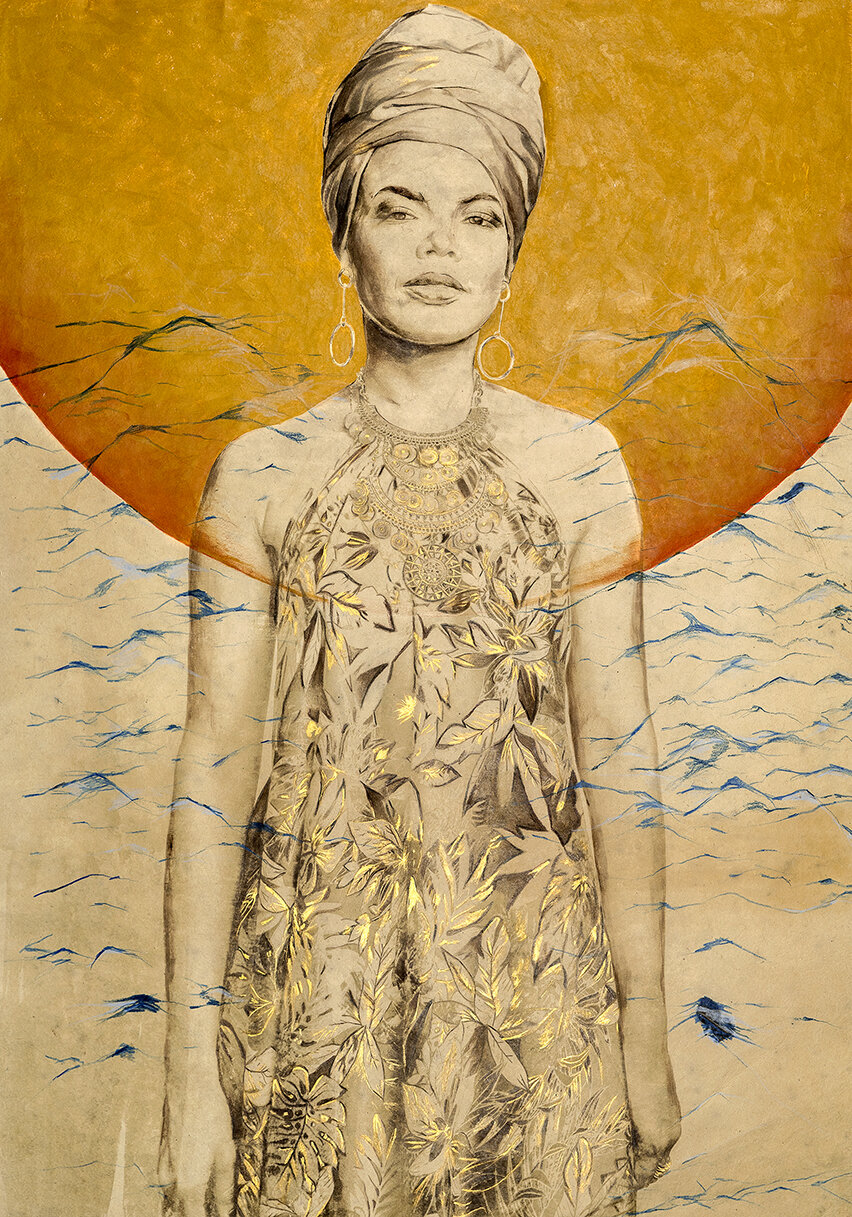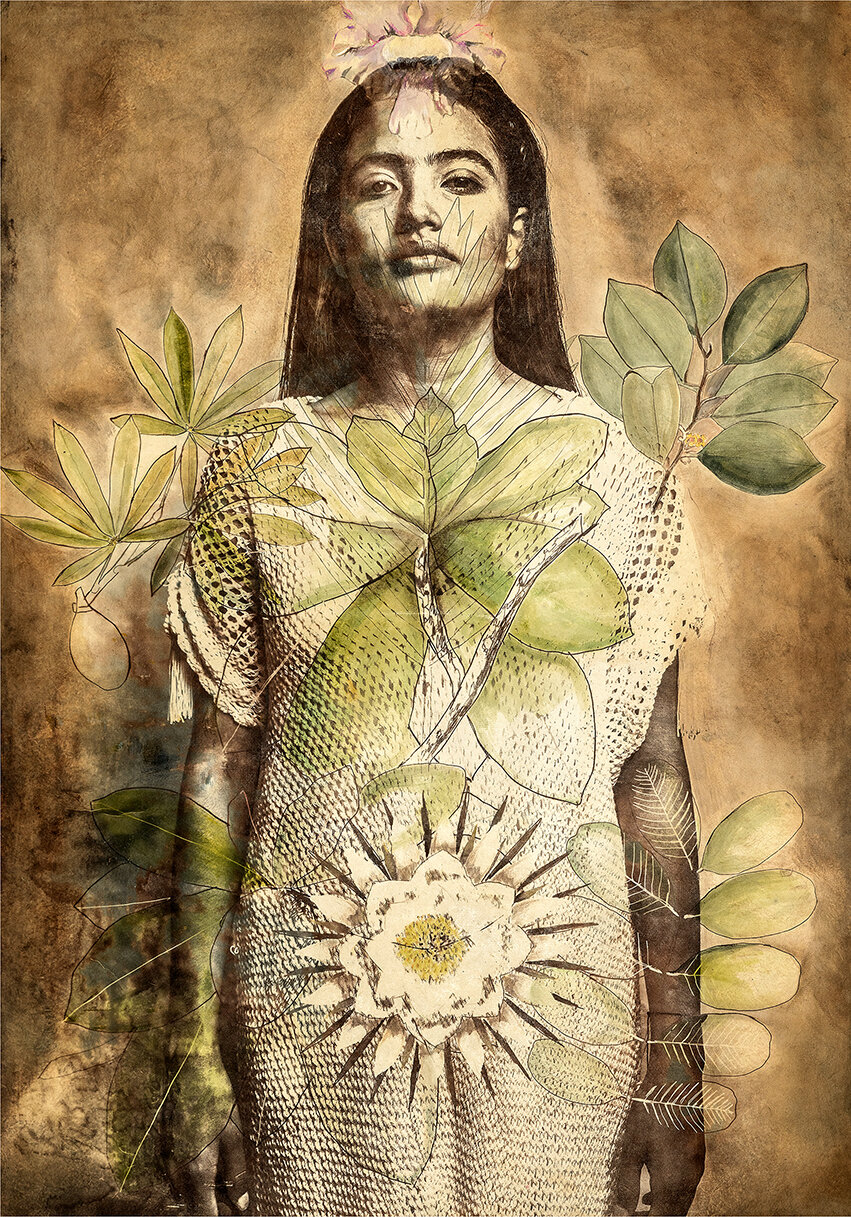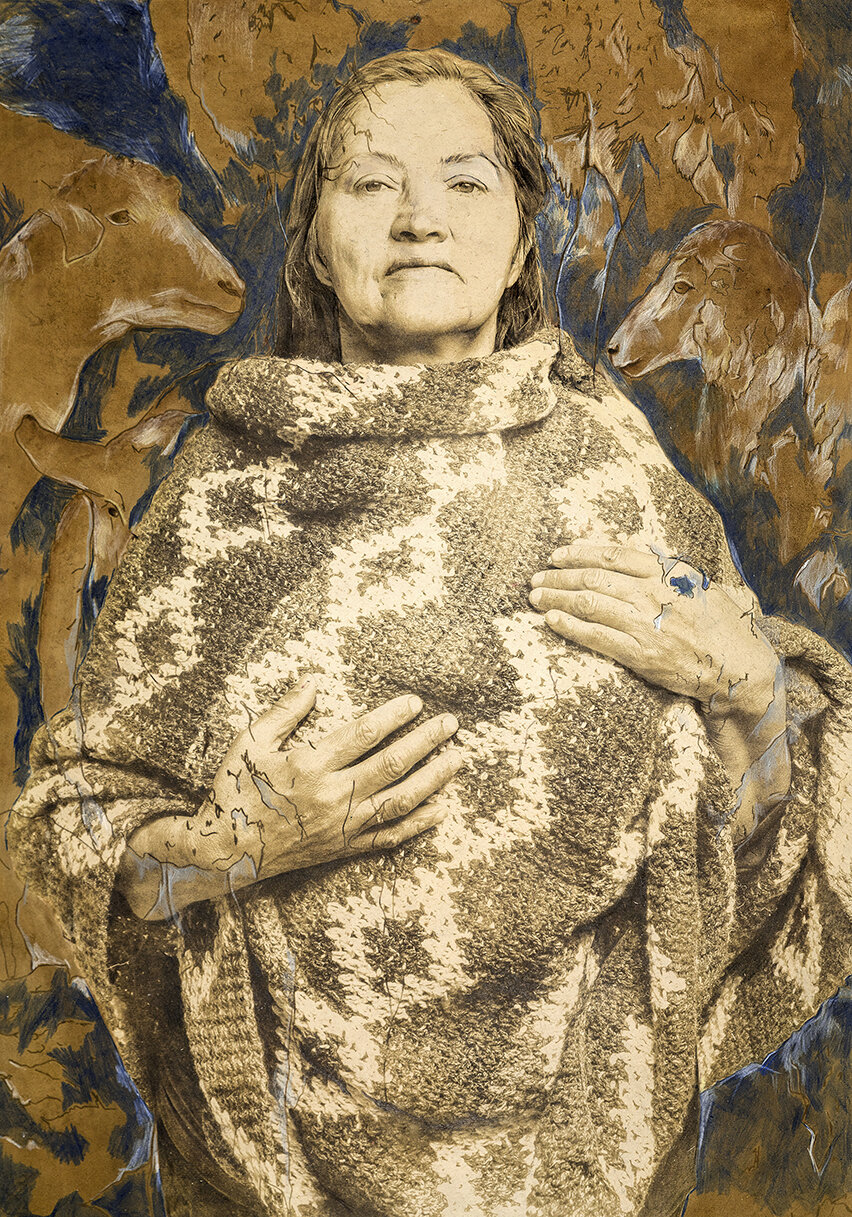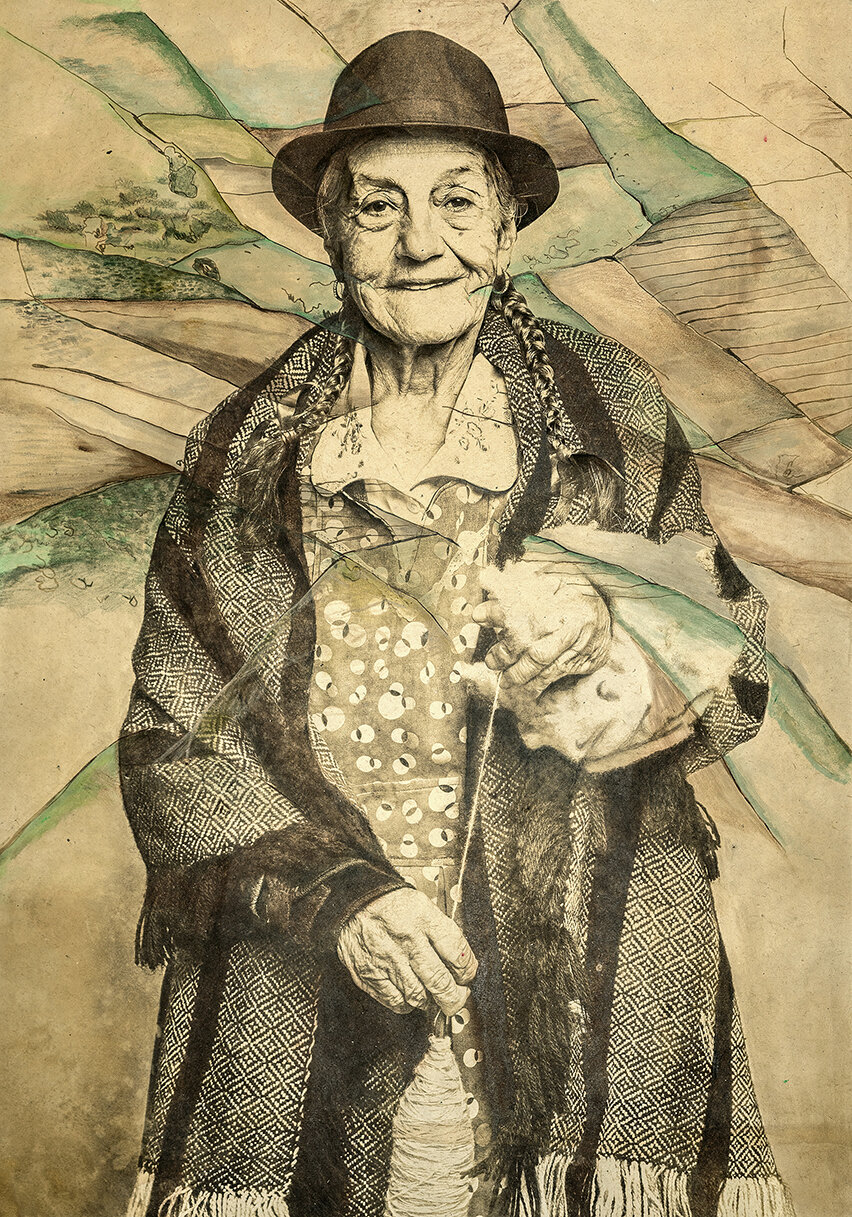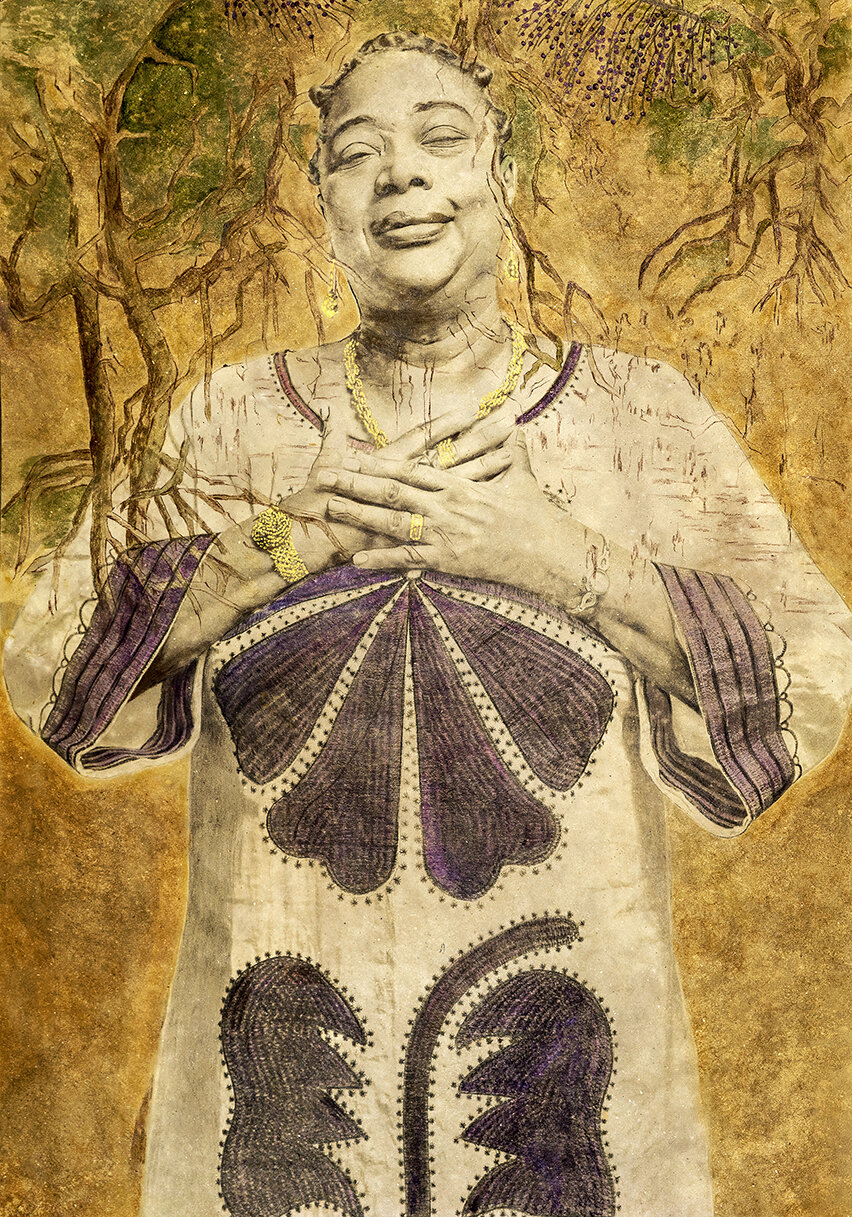Interview with Manuela Lara

“My art arises from questions about the social context of Colombia, about the materials I decide to use to explore those topics, and about how to create collective works that tell alternative narratives of my country.”
Tell us about how you decided to become an artist and why?
Since I was a child, I loved talking to all kinds of people, asking them about their stories, and exploring the intimacy of their lives. On the other hand, I grew up in a family sensitive to aesthetics, a painter grandmother and parents who love art and culture, and stimulated me with fantastic experiences through travel, landscapes, objects, music and conversations. These influences were decisive in my choice to dedicate myself to art, in addition to marking the visual language of my work. Very soon I found in art that space where my visual curiosity could coexist with my fascination for people's stories, including that of my own family. Art has been a powerful tool for me to heal, and to recognize myself, many times in the stories of others. As an artist I feel like a catalyst of emotions and lives… By taking a portrait one is exposing oneself, and exposing the sensibilities of the other.
What influences you the most when you are in the process of creating new artwork?
In my projects I work hand in hand with several people, who are my greatest source of inspiration. I like listening to them, knowing what elements they identify with and finally how they would like to be seen. My works are the result of many conversations and mutual confessions. In these encounters I find particular features and let myself be filled with the sensations that they generate in me and that will be part of the artworks further. It keeps me motivated to discover ways to do things along the way, to experiment with materials and new languages through images, audios, and installations. Growing up in a country as diverse in people, landscapes, languages and biodiversity as Colombia has influenced me to the point where I am increasingly interested in making works that tell our daily stories, using materials that correspond to the context from which these stories arise. For me, it is enough to look at what is closest in our lives, to find all the necessary richness to create.
Do you consider your art political?
The socio-political, economic, unequal rights, and gender biases women in Colombia, and the world face, are some of the topics that interest me and make my work actively political. My art is political not only because it is situated in a specific context or responds to public issues, but it is also political from every decision I make in the process of research and creation. My art arises from questions about the social context of Colombia, about the materials I decide to use to explore those topics, and about how to create collective works that tell alternative narratives of my country. Making art has allowed me to ask myself about political issues and develop political positions. These positions have been enriched as more people are part of my projects: the people I portray, the people with whom I collaborate, and finally the viewers.
Tell us about your current or latest project?
My latest project VIVAS is a series of portraits of 30 indigenous, Afro-Colombian, and peasant female social leaders/ activists that celebrates their resilience and inspiring stories in the context of armed conflict in Colombia. VIVAS shines a light on these hidden stories; these unseen snapshots in time, to help the world understand and empathize with the struggles women leaders face in our country. VIVAS seeks to give visibility to each protagonist’s story from a dignifying and intimate perspective. Through encounters and dialogues with these leaders I collected key elements for their portraits such as natural fibers and visual metaphors exemplifying the unique relationship each woman has to her traditional territory, ancestral culture, and the surrounding landscape. Each woman is led on a path of self-reflection and self-appreciation that allows the artwork to feature them in all their glory- their power, beauty, and strength. This takes them in an incredible direction of healing, reclaiming power, and valuing the irreplaceable role they play in their communities.
Do you aim to create social impact or engender any change in the art world, and the world in general?
I would like the art I make to serve to generate awareness and social changes in various spaces, including the art world. With my project Vivas, in particular, I dream that in Colombia and in the world, there will be more and more people who are interested in knowing the stories of activists of Colombia and therefore supporting their causes and contributing to protect their lives. In the process of making this and other works, I have noticed how to achieve an impact outside you have to start from the inside, that is why I always focus on the people I portray or the people who are part of my team being the first beneficiaries of the projects in which we collaborate. If one of these people feels that the work has changed the way they see themselves and has been a tool of self-knowledge or empathy, I feel that doing the work makes sense in their intimate and social life, two things that cannot be separated. On the other hand, I am always considering how to co-create with people who work in other disciplines and who enrich the narratives of a project, for example now I am working with an audiovisual team to make a documentary of Vivas and increase its social impact.
What is the best way to get the word out and make those changes happen?
For me, one of the most powerful tools to raise your voice is to unite it with the voice of other people, the more people get involved in an artistic project, the more likely it is to enrich it and reach more spaces. I also believe that art should be more accessible and move from private to public spaces, when art is on the street people feel closer to it, also when people feel that they can be an active part of a work of art, from its making, this creates a sense of belonging that makes art have a more real impact on people's realities.
Do you have a dream project? What might that be?
The next project I want to dedicate myself is to tell the story of my two families, the maternal and the paternal one, from a work that collects testimonies, audios, texts and photographs, which will probably become a book or a series of paintings. For years I have been collecting these files, with the help of my grandparents, parents, uncles and other family members. In these conversations I have come across stories of great historical but also visual richness. Each particular story that I have been told contains elements that each have to do with their time, the political situation in Colombia, but also the feelings regarding the memories of each member of my family, loaded with particular meanings and learning. Reliving these memories in an artistic experience, is for me, a way of self-knowledge, through the voices that came before me. I imagine that together we create that story, a collective family experience, filled with the richness of our drawings and our words.


